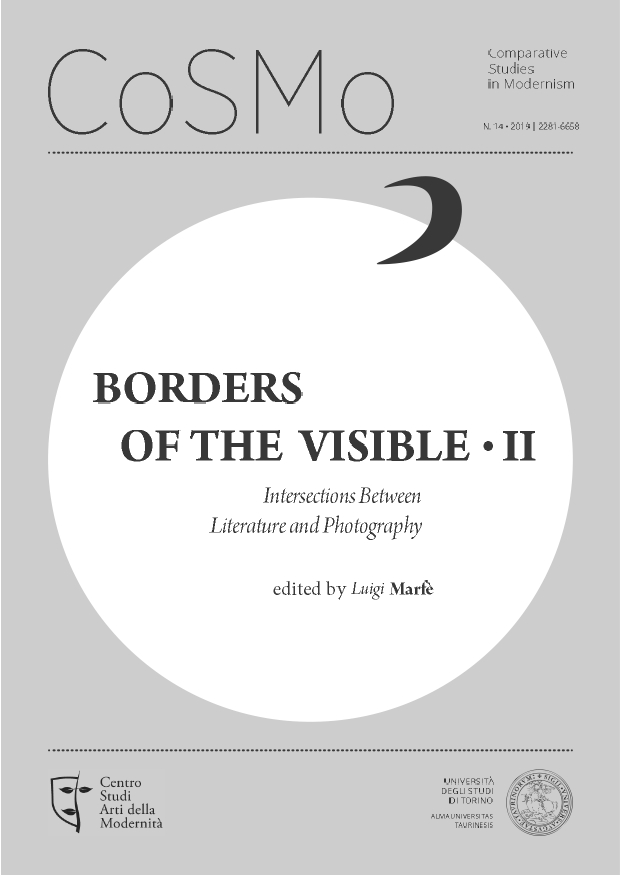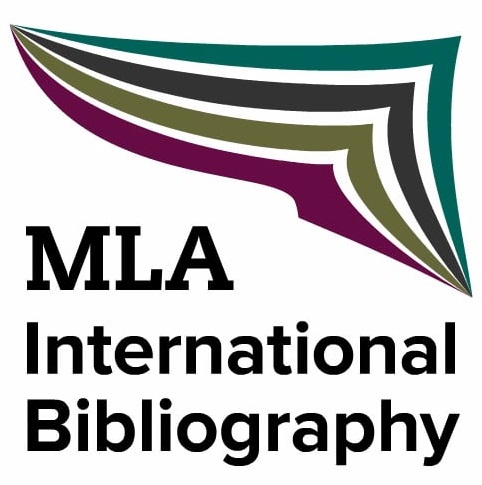Fra lingua e immagini. Introduzione all’iconolinguistica
DOI:
https://doi.org/10.13135/2281-6658/2661Parole chiave:
Bildlinguistik, Iconolinguistica, linguistica multimodale, multimedialitàAbstract
The digital dimension assumed by communication in recent years has made it possible to focus more clearly on the model of conglomerates of language and image, whose codes become complementary, producing an autonomous meaning. Internet, social media especially, in fact allow to observe these conglomerates of language and image while speakers spontaneously create them. Focusing on the fact that the use of language can as well be non-declarative, we realize that linguistic utterances can do more than reflect a meaning, they are words designed to get things done. In the same way work conglomerates of language and image. In multimodal linguistics the meaning of a sentence seems to be given by the effect of different perceptions that are all simultaneously present in the utterance. In network communication this effect is achieved through the so-called multimodal conglomerates, with the advent of digital culture, they became the object of a specific field of study, and refer to image science, and in the German area to Bildlinguistik as well. Indeed patterns of “speech-acts”, “illocutive acts”, can be adapted to other codes (Schmitz 2007; Stöckl 2011). We can talk about Bildakte (Bredekamp 2010), ”image acts” and try to transfer categories of linguistics to visual-linguistic communication, in a sort of image pragmatics. It was Søren Kjørup (1978, 55-71) wo first tried to develop a model of “pictorial speech act” that is analogous to a speech act. After him Horst Bredekamp (2010, 59) conceptualized pictures as more than passive object.
Downloads
##submission.downloads##
Pubblicato
Fascicolo
Sezione
Licenza
Gli autori mantengono i diritti sulla loro opera e cedono alla rivista il diritto di prima pubblicazione dell'opera, contemporaneamente licenziata sotto una Licenza Creative Commons - Attribuzione che permette ad altri di condividere l'opera indicando la paternità intellettuale e la prima pubblicazione su questa rivista.







